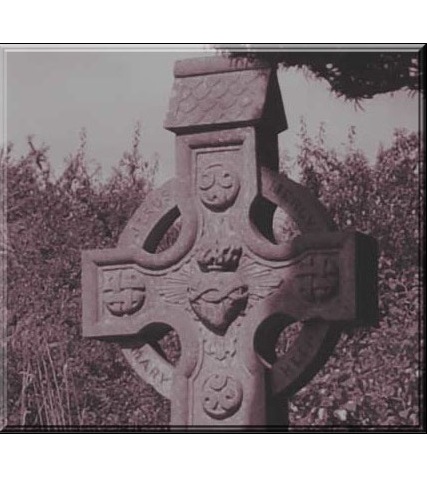The Swastika: A symbol of peace? Well nowadays, as a peace symbol, it’s right up there with burning crucifixes.
Adopted by the Nazi Party in 1920, it remains the most reviled emblem in the Western World. To manufacture the swastika in any form in Germany
eBay prohibits the sale of any item displaying the Swastika as it is deemed to “promote hatred” and be “offensive”. Given the amount of airtime the symbol receives on satellite TV these days, I wonder about the wisdom of the eBay prohibition. The reason for sensitivities surrounding the symbol is self-evident, although it is debatable as to exactly how “offensive” the symbol really is. Do people really switch off in their thousands every time it flashes up on the History Channel? Somehow I doubt it.
The Swastika was originally a Hindu peace symbol. The name derives from the Sanskrit “Svastika” meaning “Auspicious Symbol”. Given its later use this is ironic to say the least.
Up until the 1920s people sent “Good Luck” cards emblazoned with the symbol.
Here's a U.S. postcard from 1907:
Rudyard Kipling ‘s “The Jungle Book” originally had swastikas on the front, the spine and in several illustrations throughout the novel. He insisted that editions after 1920 were “swastika-free”
This is from the front cover of The Jungle Book 1920 edition:
So what, I hear you ask, is the relevance of all this to Little Known Dublin? Well if you look carefully there were, and are, interesting examples of non-Nazi swastika usage in Dublin:
From 1912 to the late 1960s there existed in Dublin
I vividly remember when I was a lad in Drimnagh the Swastika Laundry van would round the corner to be greeted by 10-year-old fingers pointed in “Colt 45” fashion, and a chorus of “Bang Bang”. You couldn’t ask for a better prop to give real authenticity to the playground antics of young lads reared on war films like The Dirty Dozen,The Great Escape and Von Ryan’s Express.
Swastikas exist to this day in Dublin
St. Nicholas of Myra Church Francis Street:
Below the St. Patrick stained glass window.
The design is also incorporated in the ceiling stucco work
The original floor tile design extends right round the room, but is now almost completely obscured by book shelves.
The design is echoed on the glass doors at the entrance to the museum:
I was intending to end this piece here until I was surfing through the TV channels far too late at night, stopping to look at BBC Northern Ireland. There was a shot of the assembly room and some MLA speaking to the floor.
There, behind her, in plain view was THAT symbol again. I’m not quite sure what era the NI assembly room decoration in question dates from, but it’s too tempting not to paraphrase Mr. Gerry Adams MLA:
The Swastika… It hasn’t gone away, you know!








